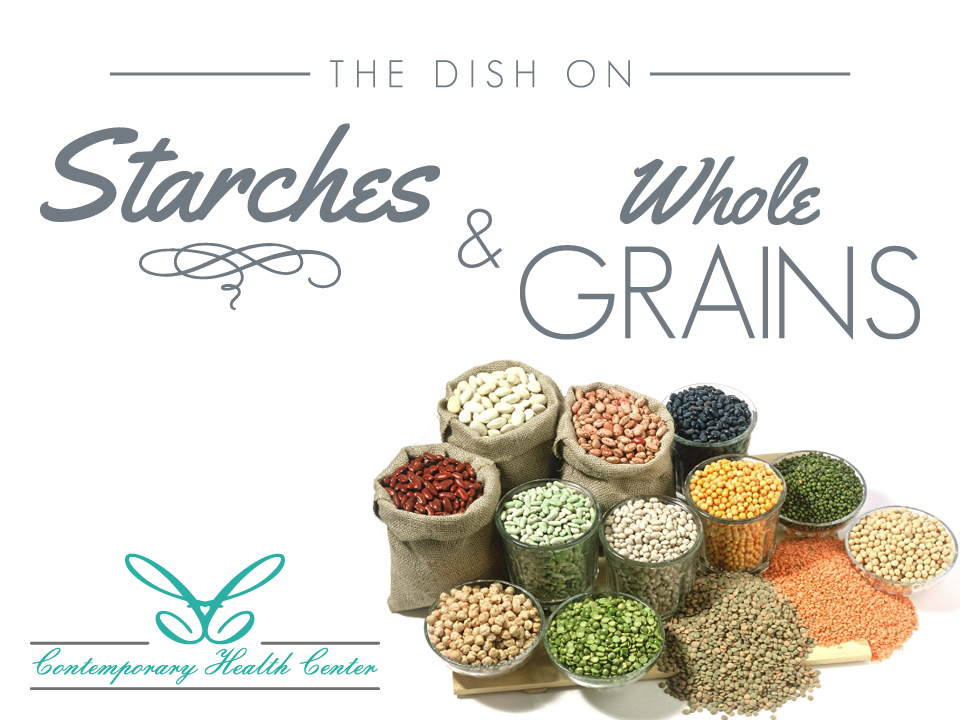Editor’s note: Find the latest COVID-19 news and guidance in Medscape’s Coronavirus Resource Center.
The evidence linking obesity to adverse COVID-19 outcomes is “overwhelmingly clear” and points strongly to the need for aggressive obesity prevention and management efforts, two UK experts say.
“Recent successful interventions in weight management need to be extended and offered to many more people at risk,” write Naveed Sattar, MBChB, PhD, professor of metabolic medicine at the University of Glasgow, and Jonathan Valabhji, MBBS MD, national clinical director for obesity and diabetes at NHS England, London, UK.
“New, simpler, innovative ways to spread evidence-based dietary or activity messages should also be examined as many people with risk factors are not currently receiving advice. If ever there was a time to improve obesity prevention and management, it is now,” they stress.
Risk of Hospitalization For COVID-19 Rises With Increasing BMI
Sattar and Valabhji summarize evidence from several hundred epidemiological and genetic studies – with more than a dozen meta-analyses – linking obesity with worse COVID-19 outcomes, in their article published online August 10 in Current Obesity Reports.
The evidence suggests that the link between body mass index (BMI) and COVID-19 related mortality is stronger than for deaths from other causes, including other respiratory illnesses.
A genetic study suggests that the risk for COVID-19 hospitalization rises by about 5%-10% per kg/m2 increase in BMI.
“The COVID-19 pandemic has shone a light on obesity in an apparent new way — ie, as a risk factor for an acute infectious condition that has killed more than 3 million people worldwide as well as contributing to many experiencing long COVID,” they write.
Telling Patients About Obesity–COVID-19 Link May Motivate Them
The COVID-19 pandemic adds urgency to anti-obesity efforts from a clinical perspective, especially as the pandemic has promoted weight gain due to less physical activity and less healthful eating in many cases, Sattar told Medscape Medical News.
“The medical professions in each country need to up their games with respect to weight management. But the issue is few have the time or expertise to discuss in clinics. What could be done is to develop a simple menu of evidence-based options that do work,” Sattar said.
These options include lifestyle changes “first and foremost,” as in the DiRECT trial, or commercial weight-loss plans, newer medications, and bariatric surgery for some.
The once-weekly glucagon-like peptide-1 (GLP-1) receptor agonist semaglutide (Wegovy, Novo Nordisk) was approved for weight loss in the United States in June and is under regulatory review in the UK and Europe.
“We should soon have medicines that help larger weight loss. As ever, they cost more so we cannot apply to all folk who would want them, especially in health systems with finite resources…but at least positive developments are coming,” Sattar said.
Importantly, he urged, “We need to target those at risk of obesity well before they get there. We cannot go on simply treating the end-stage diseases with more and more drugs as obesity is fueling multimorbidity, so there is much to gain by earlier evidence-based lifestyle interventions. We need to develop such clinics more widely and make evidence more accessible to all folk and make weight conversations the norm.”
Telling patients about the link between obesity and COVID-19 outcomes might be helpful, Sattar believes.
“Anything that motivates may help some folk, and as COVID-19 is an immediate risk, then some may respond better than being told about longer-term risks such as diabetes, cancer, heart disease, etc.”
Fundamental Reform of Food Environment Needed
Sattar and Valabhji also discuss recent initiatives by the UK government to target obesity, including population-level proposals to ban television and online advertisements for unhealthy foods at certain hours of the day and mandating calorie counts on restaurant menus.
The National Health Service (NHS) has recently begun offering new or expanded services for weight management for people with obesity also diagnosed diabetes or hypertension, and is aiming to double the capacity of the NHS Diabetes Prevention Programme to support 200,000 individuals annually by 2024.
Diabetes Prevention Programmes are already offered in the United States, and other countries are also considering adopting the program.
The NHS also has “excellent” online resources for patients on weight loss tips and how GPs can help patients lose weight, for example, Sattar noted.
But overall he suspects that the UK government’s initiatives thus far will only be “modestly beneficial.” “We need to do much more, like legislate food manufacturers to reformulate to better, healthier products, but this will take time, and food companies will have to be forced to invest and cut profits, which they will lobby against, but unless we fundamentally change the food environment then it’s hard to see major population shifts in obesity,” he noted.
The issue is linked to yet another global crisis, he said.
“At the time of climate change, we really need to integrate food policy with the need to cut methane and CO2, so it could be a win-win…All governments need to think holistically.”
Sattar has reported consulting for Amgen, AstraZeneca, Boehringer Ingelheim, Eli Lilly, MSD, Hamni, Novartis, Novo Nordisk, Pfizer, and Sanofi, and receiving grants from Boehringer Ingelheim, AstraZeneca, and Roche Diagnostics.
From: https://www.medscape.com/viewarticle/956635




 In humans, structural and functional changes attributable to aging are more visibly evident in the skin than in any other organ. Estrogens have significant effects on skin physiology and modulate epidermal keratinocytes, dermal fibroblasts and melanocytes, in addition to skin appendages including the hair follicle and the sebaceous gland. Importantly, skin aging can be significantly delayed by the administration of estrogen. This paper reviews the effects of estrogens on skin and the mechanisms by which estrogens can alleviate the changes due to aging that occur in human skin. The relevance of estrogen replacement therapy (HRT) in post-menopausal women and the potential value of selective estrogen receptor modulators (SERMs) as a therapy for diminishing skin aging are also highlighted.
In humans, structural and functional changes attributable to aging are more visibly evident in the skin than in any other organ. Estrogens have significant effects on skin physiology and modulate epidermal keratinocytes, dermal fibroblasts and melanocytes, in addition to skin appendages including the hair follicle and the sebaceous gland. Importantly, skin aging can be significantly delayed by the administration of estrogen. This paper reviews the effects of estrogens on skin and the mechanisms by which estrogens can alleviate the changes due to aging that occur in human skin. The relevance of estrogen replacement therapy (HRT) in post-menopausal women and the potential value of selective estrogen receptor modulators (SERMs) as a therapy for diminishing skin aging are also highlighted.





 A Pear Shape
A Pear Shape An Apple Shape
An Apple Shape An Hourglass Shape
An Hourglass Shape